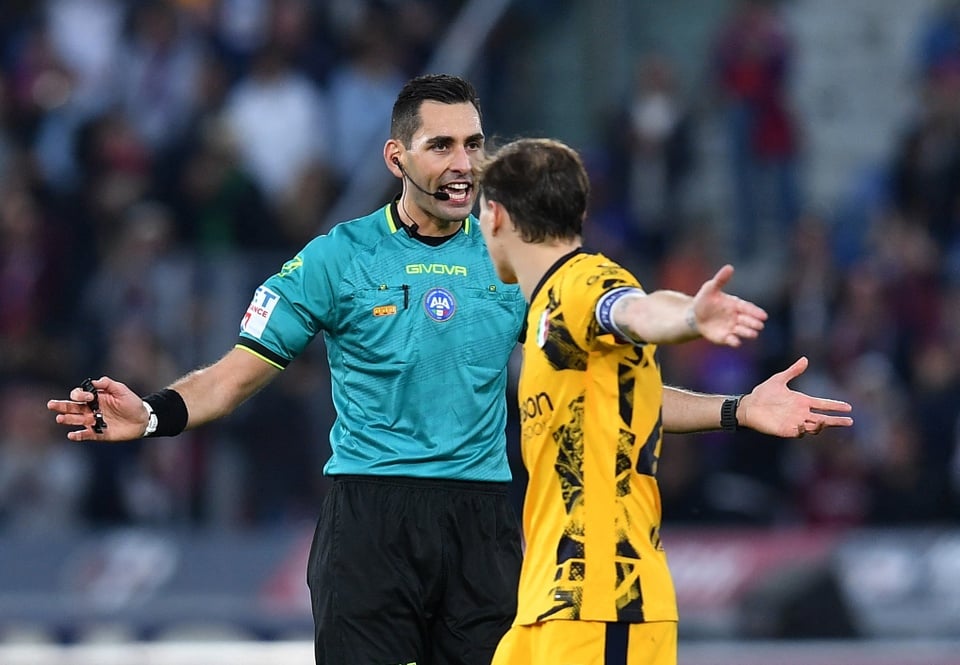 |
Referees have their own rules. |
While players are free to express their individuality with stylish hairstyles, tattoos or beards, referees follow completely different principles. Is this a prerequisite for impartiality?
The "invisible" principle of the whistleblower
Cristiano Ronaldo changes his hairstyle every season. Lionel Messi has gone platinum blonde. Sergio Ramos has covered his body in tattoos. But have you ever seen a FIFA referee with visible tattoos or a bushy beard? The answer is almost certainly no.
"A referee must not only be fair, but also appear to be fair." This famous saying has become a guiding principle for thousands of referees around the world . This principle applies not only to decisions on the field but also to the smallest details of appearance.
Michael Oliver, Daniele Orsato, Szymon Marciniak or Anthony Taylor - the world's top referees today - all have one thing in common: a neat, clean and completely neutral appearance. No visible tattoos, no bushy beards, no attention-grabbing hairstyles.
Although there is no official rule from FIFA or UEFA prohibiting referees from having tattoos, among top referees, this is considered an unwritten rule that everyone follows.
"Tattoos are highly personal and can convey political , religious or personal opinions," said one unnamed referee. "This is completely contrary to the principle of absolute neutrality that we must maintain."
In fact, some referees may have small tattoos in discreet places, but they always make sure to cover them up when playing - even in the heat of summer. Many wear long sleeves in harsh weather conditions just to comply with this unspoken rule.
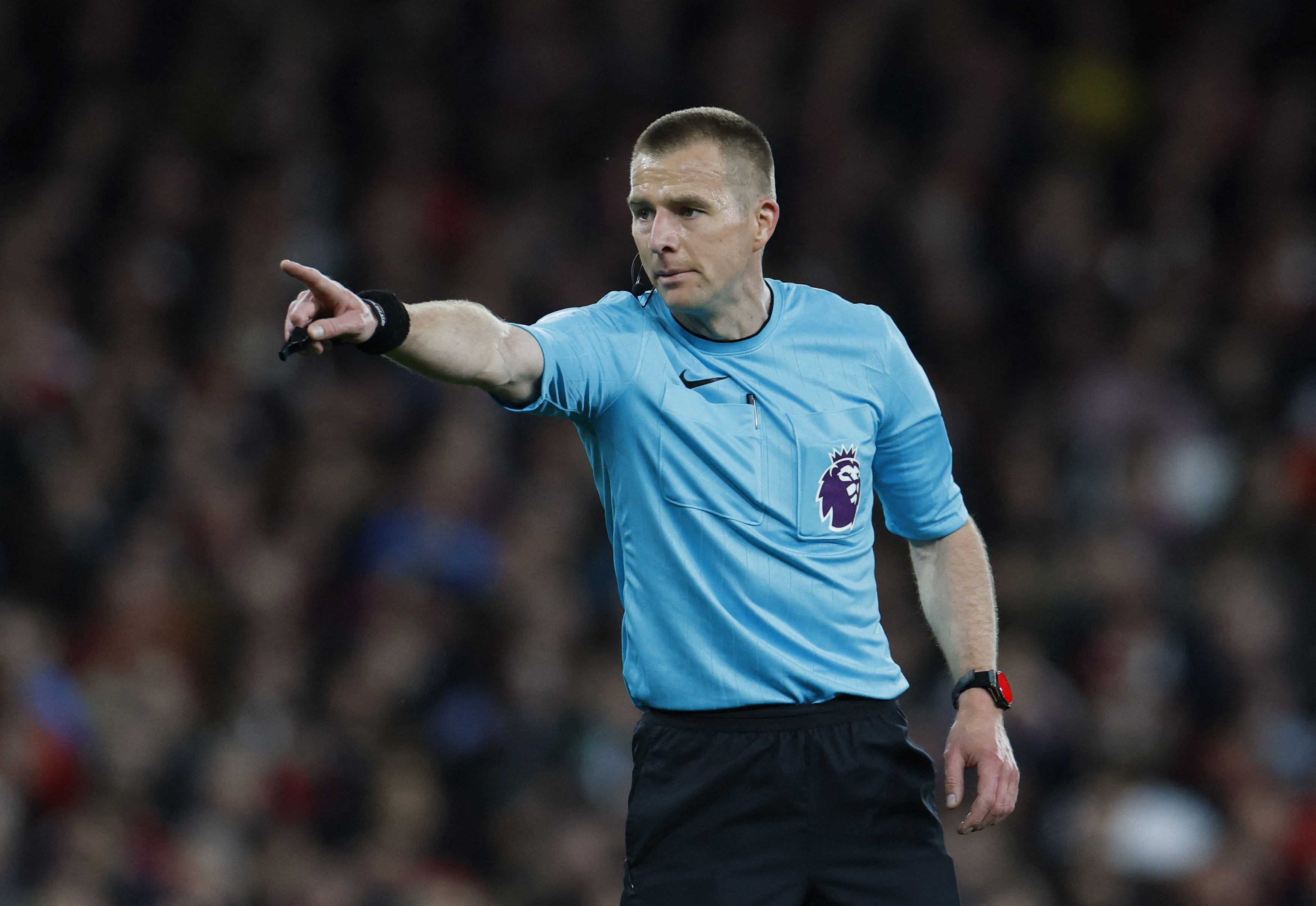 |
Referees usually do not show tattoos on their bodies. |
While beards are not completely banned among referees, maintaining a "clean" face is still the preferred choice for many practical reasons.
“The first thing a player looks at when you make a decision is your face,” Pierluigi Collina, a former world-class referee and current chairman of the FIFA Referees Committee, once said. “A neat, clean, beardless face conveys a sense of authority and seriousness.”
Apart from the psychological factor, there are also safety reasons for not having a beard. In collision situations on the field, a beardless face will be less likely to be injured. Moreover, the referee's whistle - the most important working tool - also easily comes into contact with the lips and does not get caught in the beard.
At UEFA and FIFA referee training courses, students are reminded thoroughly of the importance of looking good. From neat haircuts and clean shaves to small details like fingernails and clothing – everything has to be perfect.
Not prescribed but always followed
"There are no official regulations prohibiting referees from having tattoos or beards," a UEFA spokesman confirmed. "However, we always encourage referees to maintain a professional and neutral image."
Roberto Rosetti, Chairman of the UEFA Referees Committee, once stressed: "We must avoid any elements that could attract unnecessary attention. Referees are absolutely not celebrities or people who want to be noticed."
And it is this principle that has been voluntarily followed by the world's top referees for decades, making it part of the unwritten culture in the refereeing world.
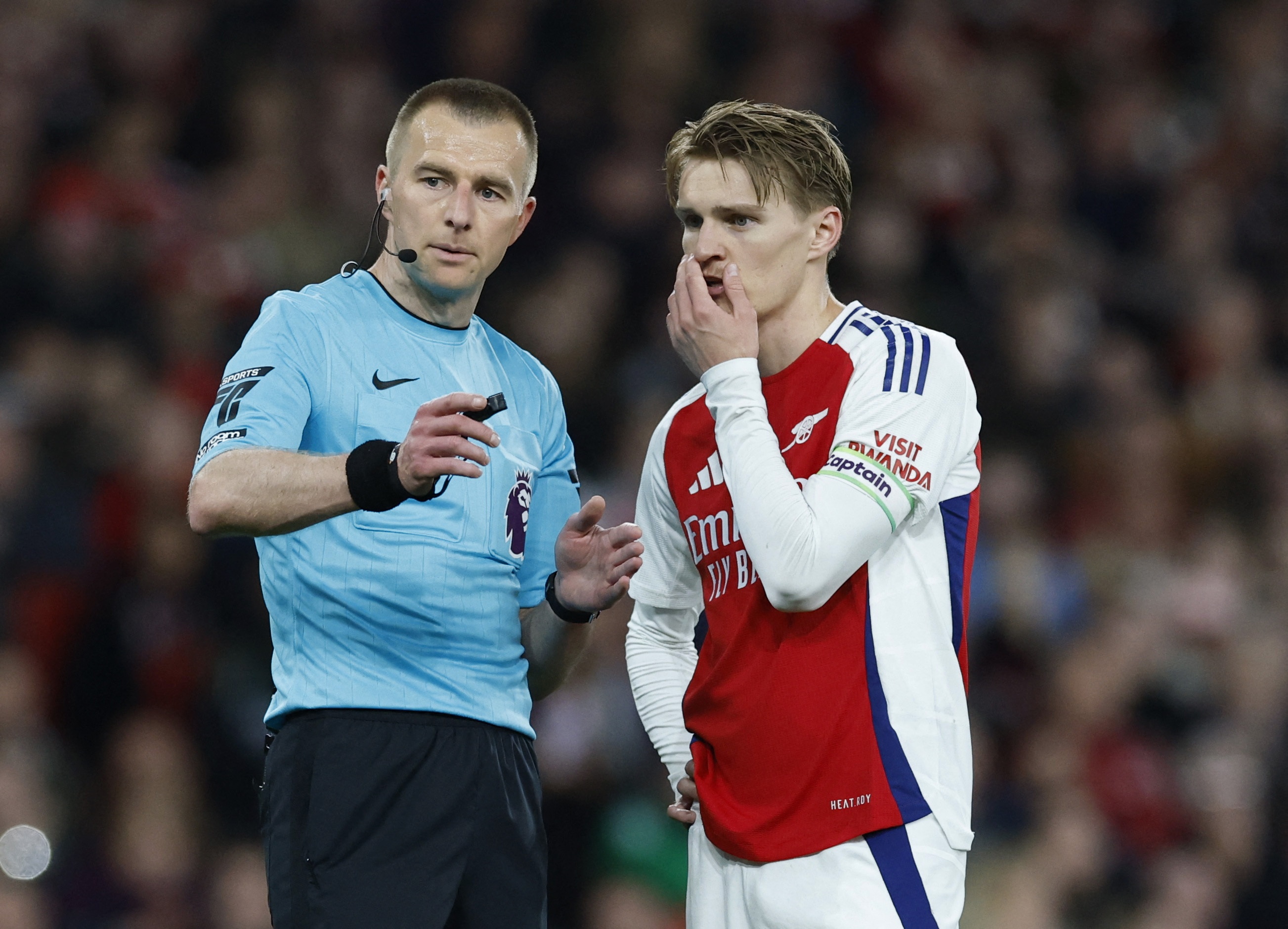 |
There are unspoken rules that referees must follow. |
In modern football history, there have been only a few exceptions where referees have appeared with visible beards or tattoos. Mark Clattenburg, a famous former Premier League referee, caused controversy when he revealed the Champions League and Europa League logos tattooed on his arm after officiating the finals of both tournaments in 2016.
Clattenburg's decision has received mixed opinions from experts, with many saying that this is not consistent with the neutral and objective spirit of a referee.
“Every little detail can influence how you are perceived on the pitch,” says Bjorn Kuipers, a former Dutch FIFA referee. “When players look at you, they need to see someone who is unbiased, not too strong-willed, and completely focused on the game.”
In the modern football environment, where every refereeing decision is under a microscope and can influence the outcome of an entire season, maintaining a completely neutral image is not only a matter of aesthetics but also a key factor in ensuring credibility and trust.
"The referee should be the most invisible person on the pitch," Collina stressed. "If people only talk about the game and not the referee, it is a sign that we have done our job excellently."
And perhaps it is this philosophy that makes the world's top referees voluntarily give up the right to express their personality through their appearance - a right that almost everyone in modern society enjoys.
As football stars become increasingly famous for their unique hairstyles, artistic tattoos and individual fashion styles, referees remain steadfast in their clean, neutral appearance - a symbol of the fairness, transparency and professionalism they represent.
Source: https://znews.vn/bi-mat-ve-luat-ngam-ngoai-hinh-cua-trong-tai-bong-da-post1548446.html


![[Photo] Closing ceremony of the 18th Congress of Hanoi Party Committee](https://vphoto.vietnam.vn/thumb/1200x675/vietnam/resource/IMAGE/2025/10/17/1760704850107_ndo_br_1-jpg.webp)









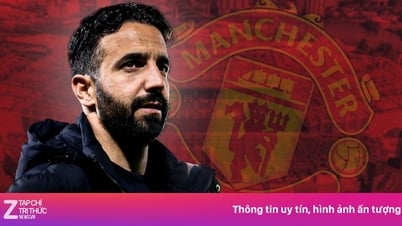








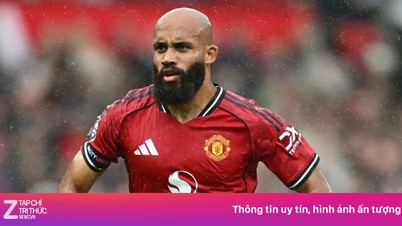



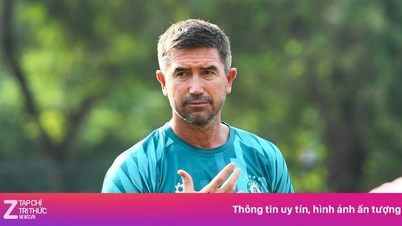
![[Photo] Nhan Dan Newspaper launches “Fatherland in the Heart: The Concert Film”](https://vphoto.vietnam.vn/thumb/1200x675/vietnam/resource/IMAGE/2025/10/16/1760622132545_thiet-ke-chua-co-ten-36-png.webp)







































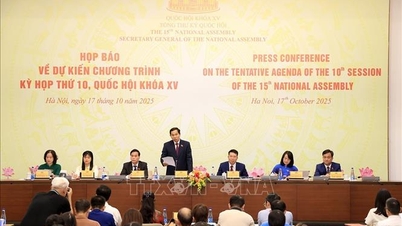

































Comment (0)